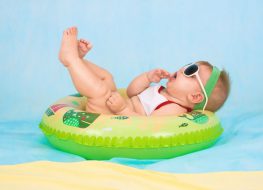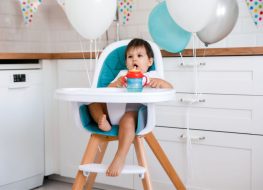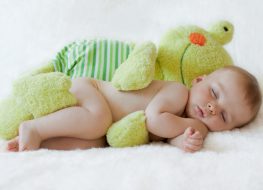
Potty training is a bittersweet milestone for babies and parents. For babies to have additional independence and practice their skills, they need to let go of the comfort of diapers. For parents, training takes extra work. Adding on to this is the fact that each child has their own development and learning pace, and it is difficult to determine when to start training.
In this article, we will answer some of the most frequently asked questions about when to start toilet training to help parents and caregivers better understand what to expect and how to approach this critical milestone to achieve baby toilet training success.
When Do Babies Potty Train?
The American Academy of Pediatrics’ answer to the question, “What age do babies potty train?” is straightforward—there is no fixed age to potty train a baby, and it just depends on when your baby is developmentally ready.
Nevertheless, the organization states that it would be best to train babies at the age of 18 months to 2.5 years as by this time, they should be developmentally ready. They have the physical capabilities to reach the toilet bowl or sit on a potty, and they can comprehend your instructions at these ages too. However, it is your prerogative as a parent is to delay toilet training or advance it depending on your child’s developmental abilities.
Signs Your Baby Is Ready
For you to know that your baby is ready for toilet learning, there are signs you can observe. So, if you are still asking, “When do babies get potty trained?” Here are some answers.
- If you notice that your baby is pulling off their diaper even when it is not yet full, it may be a sign that they already feel discomfort with wearing one.
- It’s also a sign that your baby is ready to potty train when their diapers stay dry for at least two hours while doing activities like napping.
- Young babies typically do not mind having to pee or poop anywhere as long as they have their disposable diapers on. But when you notice your baby hiding, it may be a sign that they want some privacy and are ready to be fully potty trained.
- Many children, more often than not, know what to do, especially when you model for them. If you see that they welcome the idea of a potty, starting potty training is the way to go. Most parents buy a potty chair first to see how their baby will react to it.
- If your baby lets you know when they need to pee or poo, then they may be ready.
How early can you potty train a baby? It doesn’t depend only on age. Potty training readiness can be determined after checking if your child is mentally, emotionally, and physically ready. Doing so creates child-centered training rather than something strictly from the books.
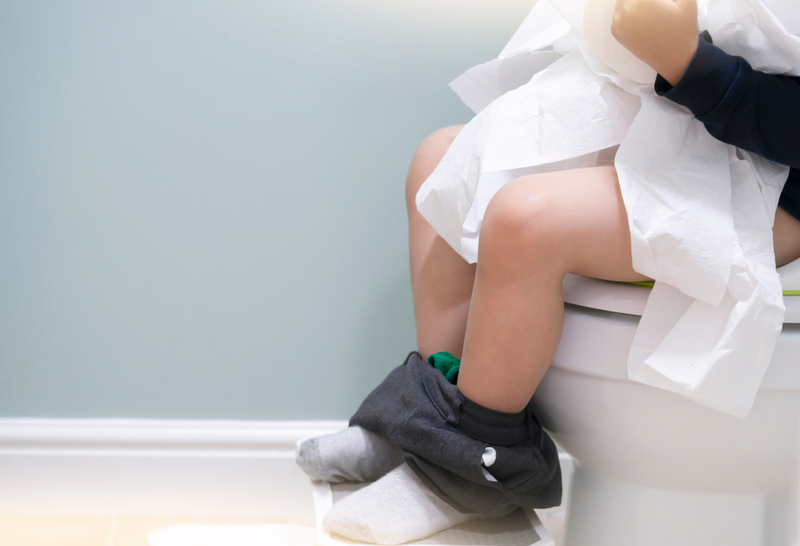
What Are the Ways To Potty Train a Baby?
The ways to infant potty train differ as it depends on the age you begin potty training, whether your baby can follow basic directions, and if they have an interest and motivation to learn. Nevertheless, giving positive reinforcement, support, and education helps a lot. Check out these tips!
A Routine
To start, let your baby follow their timetable for potty training. Guide them through questions about if they need to use the toilet, but let them initiate and tell you if they need to pee or poo.
Positive Reinforcement
Prepare different rewards for some positive reinforcement. Every time your baby successfully uses the potty, give them a star stamp, reward stickers, and little trinkets they can display or keep. You both can look at the accumulated rewards, so your baby can take pride in them and be motivated to continue acquiring a new skill.
Add Fun
Infant potty training can be stressful for babies. Many toddlers can’t let go of the comfort of using diapers, while some are grossed out by the thought of seeing their pee or poop. But their moods might change when you add some fun to the activity.
Add songs, stories, and role-playing as they sit on the potty. The practice is fun and can also make your child feel more relaxed, making it easier for them to do their business.
Get Complete Supplies
To ensure your baby’s comfort, prepare everything they need within reach. Ensure they are ready with soap, water, tissue, wet wipes, sanitizer, a towel, and other supplies. When your baby has everything they need, you can train them for total toilet independence.
What Are the Benefits of Baby Toilet Training?
There are three main benefits of your baby being potty trained:
- Develops their independence
- Gives you more free time
- Saves the environment and costs from buying diapers
Let us elaborate on the details below.
Develops Child Independence
Through toilet training, your child can develop their physical capabilities. Toddler independence is honed in different ways; one way is to toilet train them. Depending on the kind of potty seat you use, your little one can practice sitting on a potty chair or a toilet bowl with a potty seat. If you further train them to clean themselves up after toilet use, their independence grows even more.
Gives You More Free Time
Many parents still look after their little ones as they do their business due to habit. They also do this to ensure their baby’s safety and assist in case their little one needs anything. Nevertheless, when a child can pee and poop independently, they usually already have the initiative to tell their parents that they can do it alone. Because of this, you can have more free time to accomplish other essential tasks inside the house.
Saves Money and the Environment
When your baby graduates from pull-ups and is fully toilet trained, your grocery list will be diaper-free. As a result, there will be less waste from dirty diapers. You must expect training pants to replace dirty diapers, but at least these supplies are reusable. You can save money and save the environment, too.
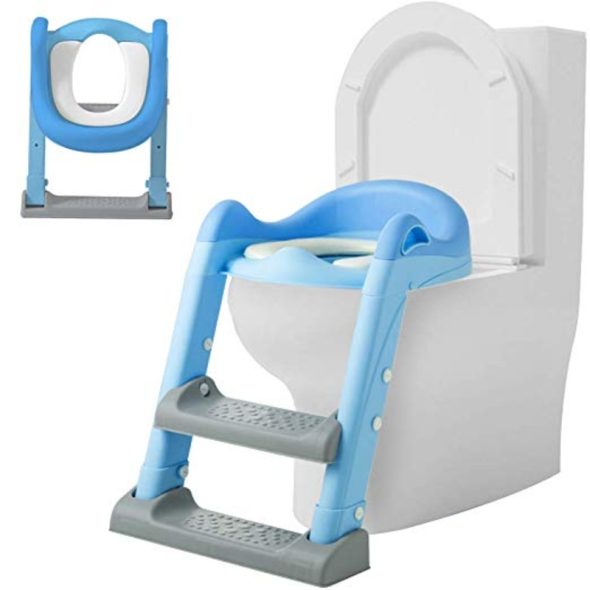
What Are the Different Kinds of Potties?
You’ll see three basic kinds of potties out there: a potty that looks like a small chair, a potty seat with a stool, and a potty seat with a ladder. Each has its benefits, depending on a child’s age.
- Chair-like potty: The chair-like potty is best for early potty training. If you think your baby is ready for the potty but is too small for an adult toilet, this potty is best.
- Potty seat with a stool: This potty seat is attached to an adult toilet bowl, so they can sit without slipping. For added comfort, it is usually paired with a sturdy stool your baby can step on to reach the bowl and for them to sit comfortably on the toilet seat.
- Potty seat with a ladder: You can pick a potty seat with a ladder instead of a stool for safety and adjustability. Most ladders have non-slip pads and are adjustable according to your baby’s height. These characteristics make the seat safer.
What Are the Characteristics of the Best Potty?
Prime among the many characteristics of the best potty is its appropriateness for your baby’s age and needs. Take note that potty chairs are best for younger babies, while older children benefit more from a potty seat. By using the potty seat, they can transition to using the adult toilet easier.
Make sure to pick designs with child-friendly colors or prints to encourage hesitant little children to try them out. The potty should also be durable to ensure your baby’s safety and so that they can use it as long as they need it. Finally, an easy-to-clean feature is handy to ensure sanitation as your baby pees or poops.
Ashtonbee’s Potty Training Seat With a Ladder
Potty training is an essential milestone for babies that is made easier when your mind is clear from questions and confusion. We hope that the answers to the frequently asked questions we mentioned above helps you understand that every child develops at their own pace, so parents and caregivers should observe signs of readiness.
When you do potty training right, you can reap many benefits. Just make sure to invest in quality training tools to avoid any problems.
Ashtonbee’s potty training seat with a ladder is a great product that parents can consider for their child’s potty training journey. Get one now to help your child achieve this essential milestone!

